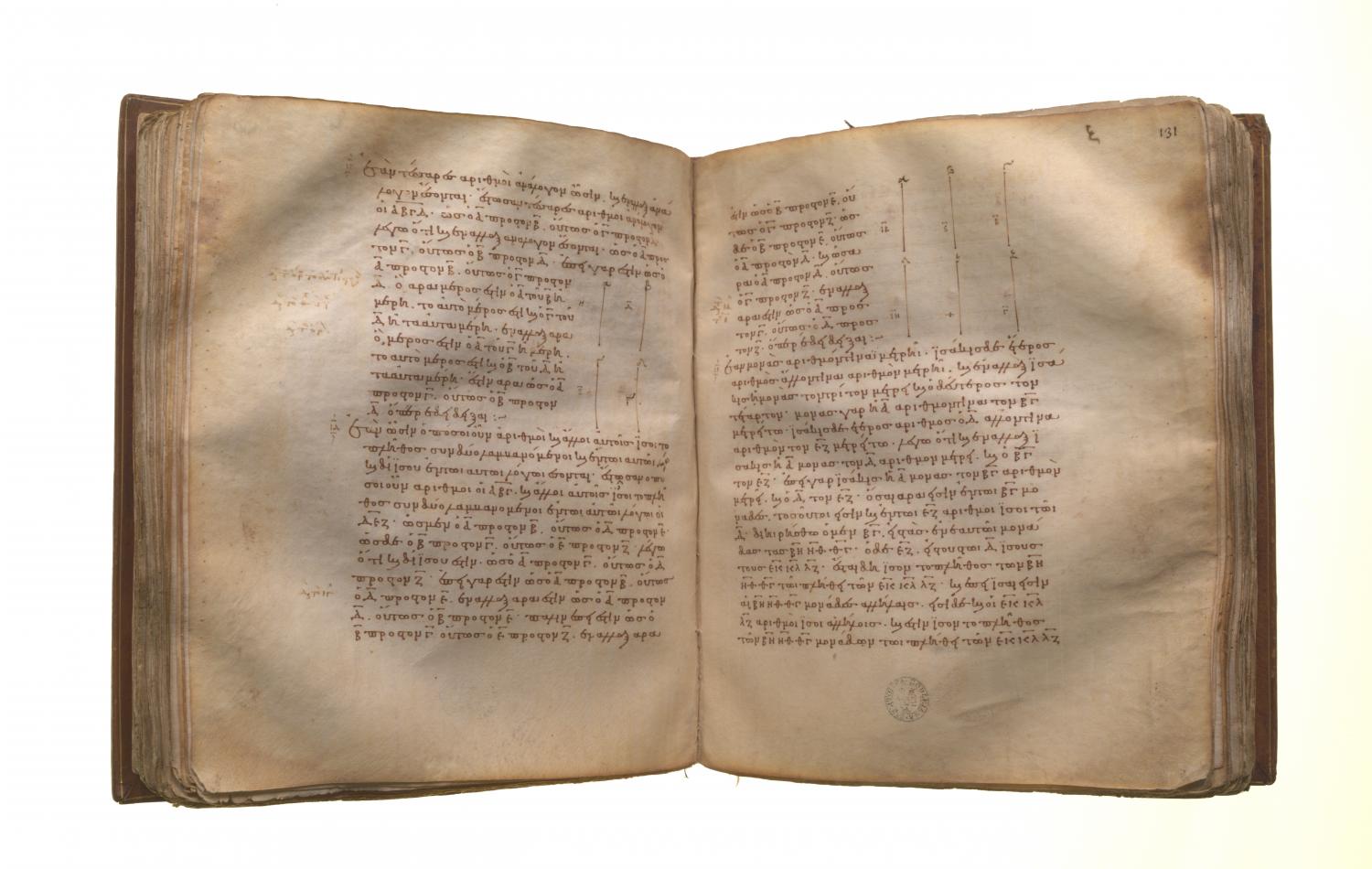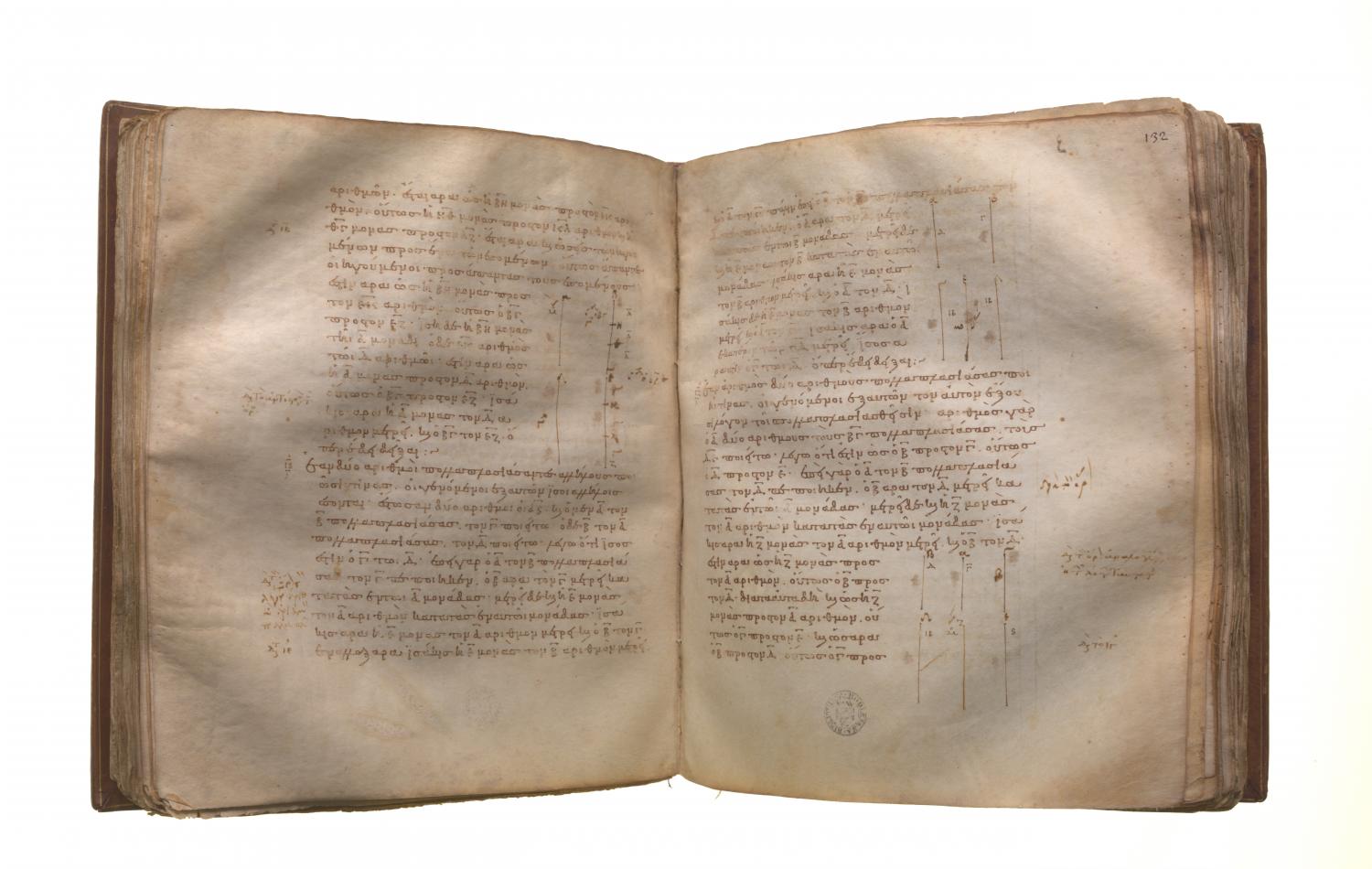Fundamentals of number theory: Book 7 Proposition 15
Translations
If an unit measure any number, and another number measure any other number the same number of times, alternately also, the unit will measure the third number the same number of times that the second measures the fourth. For let the unit A measure any number BC, and let another number D measure any other number EF the same number of times; I say that, alternately also, the unit A measures the number D the same number of times that BC measures EF. For, since the unit A measures the number BC the same number of times that D measures EF, therefore, as many units as there are in BC, so many numbers equal to D are there in EF also. Let BC be divided into the units in it, BG, GH, HC, and EF into the numbers EK, KL, LF equal to D. Thus the multitude of BG, GH, HC will be equal to the multitude of EK, KL, LF. And, since the units BG, GH, HC are equal to one another, and the numbers EK, KL, LF are also equal to one another, while the multitude of the units BG, GH, HC is equal to the multitude of the numbers EK, KL, LF, therefore, as the unit BG is to the number EK, so will the unit GH be to the number KL, and the unit HC to the number LF. Therefore also, as one of the antecedents is to one of the consequents, so will all the antecedents be to all the consequents; [VII. 12] therefore, as the unit BG is to the number EK, so is BC to EF. But the unit BG is equal to the unit A, and the number EK to the number D. Therefore, as the unit A is to the number D, so is BC to EF.

